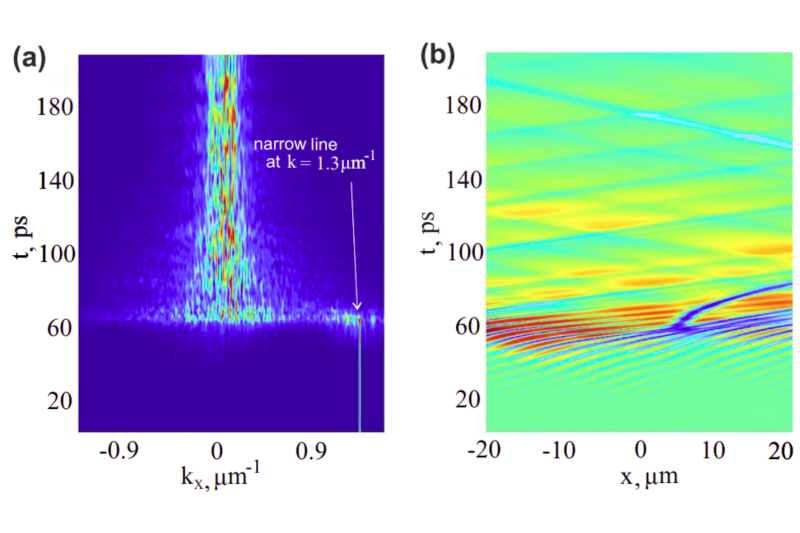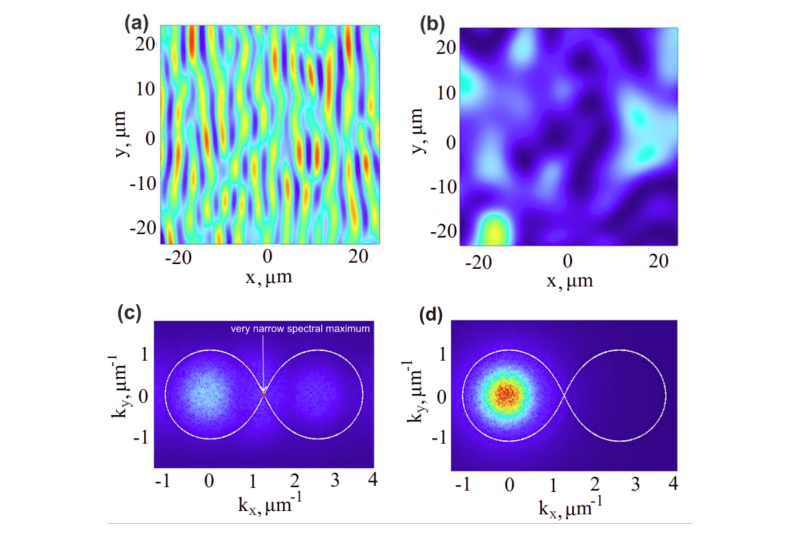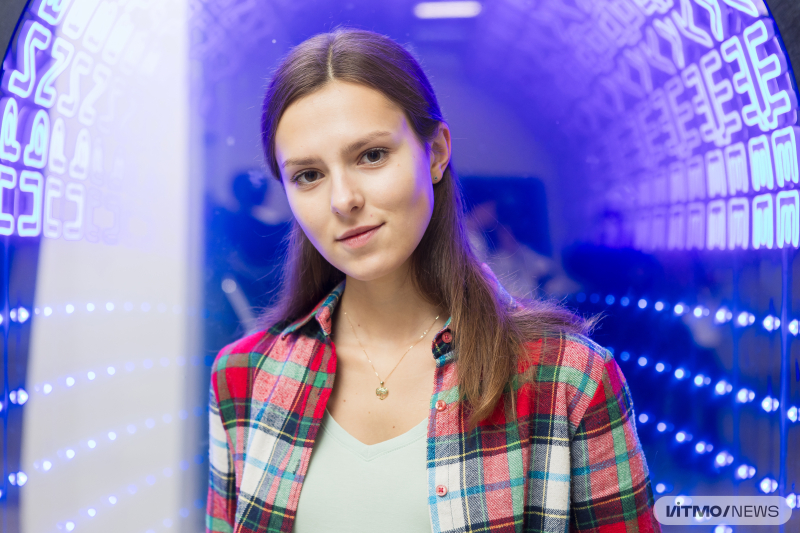Researchers from ITMO University have suggested a precise model that describes the “cooling” or the loss of “extra” energy in polariton condensate, a special kind of quantum liquid. For this purpose, the physicists rewrote the main equation, adding a new summand that describes energy redistribution within a system without particle loss. The new approach will make it possible to model the behavior of quantum environments more precisely, which may be beneficial in the development of elements for optical computing systems, energy-efficient photonic chips, and other next-gen quantum optical devices. The study was described in a paper published in Physical Review B.

Credit: Eilvee / photogenica.ru
Polaritons are hybrid quasiparticles that appear as a result of a strong interaction between a photon and an exciton (a bound state of an electron and a “hole,” an empty space in place of an electron in an atom) in an optical microresonator. Thanks to their dual nature, they possess properties of both light and matter: they have small effective mass and can demonstrate various nonlinear optical effects.
Under high density and strong coupling between light and matter, these quasiparticles form a polariton condensate – a special type of quantum fluid. At low temperatures, such a system “cools down,” meaning it loses energy: polaritons in excited states interact with other particles and transition to lower energy levels. This process is called polariton energy relaxation, and studying it helps to better understand how to control the dynamics and state of quantum light fluids. Until recently, models describing such relaxation were extremely complex, and therefore could not be used to analyze the condensate’s dynamics.
Using the methods of quantum hydrodynamics, researchers from ITMO University have suggested a new theoretical approach that accounts for the energy relaxation effect within the mean-field approximation. In the suggested model, a system’s energy decreases over time, but the total amount of particles remains the same. To this end, the researchers introduced an additional term into the fundamental Gross-Pitaevskii equation responsible for pure energy relaxation – the process of energy decay without the loss of polaritons. Essentially, the new equation can describe the “cooling” of the condensate without its “evaporation,” which couldn’t be achieved previously. Thanks to its simple analytical form, the resulting equation can be easily used in numerical calculations of polariton condensates and others.

The evolution of polariton condensate over time. The modelling predicts how the range and spacial structure of quantum liquid changes over time when subjected to small excitations. Image courtesy of the researchers

The changes in polariton condensate density and formation of new excitations. The modelling demonstrates how weak noise fluctuations lead to spatial modulations and a characteristic excitation range. Image courtesy of the researchers
In order to test the suggested mechanism, the physicists conducted a series of calculations and numerical simulations. They studied how waves propagate in the quantum fluid and whether superfluidity – the ability of the fluid to flow without friction – is preserved in the process. The results showed that pure energy relaxation does not disrupt the superfluid state but only causes additional effects in the system, including gradual damping of overcondensate excitations. The developed method can be used to analyze real-world experiments with microresonators.
The new approach will make it possible to more precisely describe and control superfluid flows of light and matter, thus opening up opportunities for the development of next-gen quantum optical devices: coherent light sources, quantum simulators, elements of optical computing systems, and energy-efficient photonic chips.

Daria Saltykova. Photo by Dmitry Grigoryev / ITMO NEWS
“In developing the new model, we aim to bring it as close as possible to experimental conditions. For this purpose, we include new parameters – external laser pumping and the finite lifetime of polaritons, and study how their introduction affects the system’s behavior. In the future, we want to create a single multi-level theory that will describe the dynamics of polariton microresonators in a continuous pumping mode. This new approach will lay the foundation for a more precise modeling and design of polariton lasers, as well as spin-optical devices used in managing coherence and energy properties of light, which is important for the development of modern optical and quantum technologies,” shares Daria Saltykova, the paper’s first author and a researcher at ITMO’s School of Physics and Engineering.
